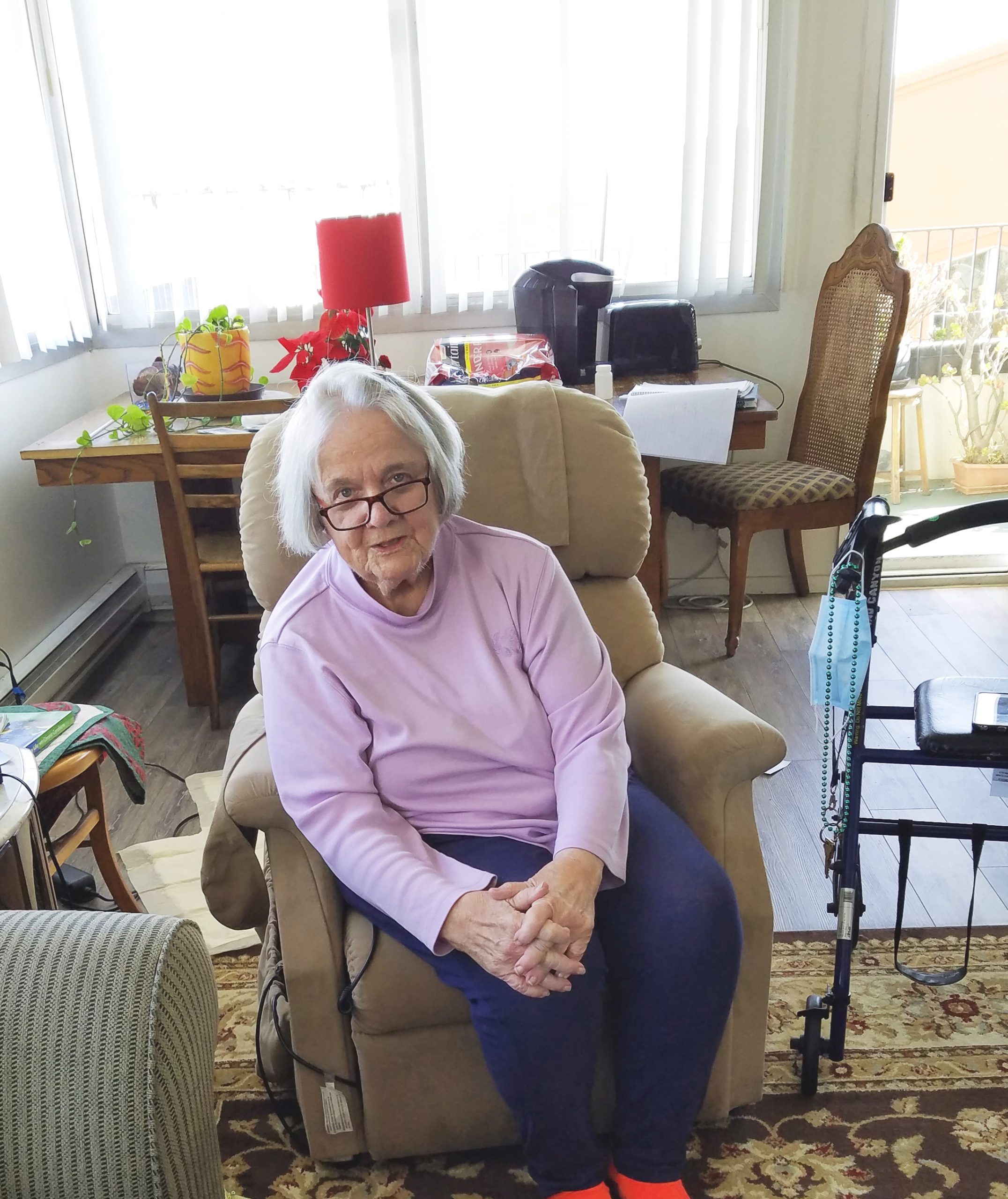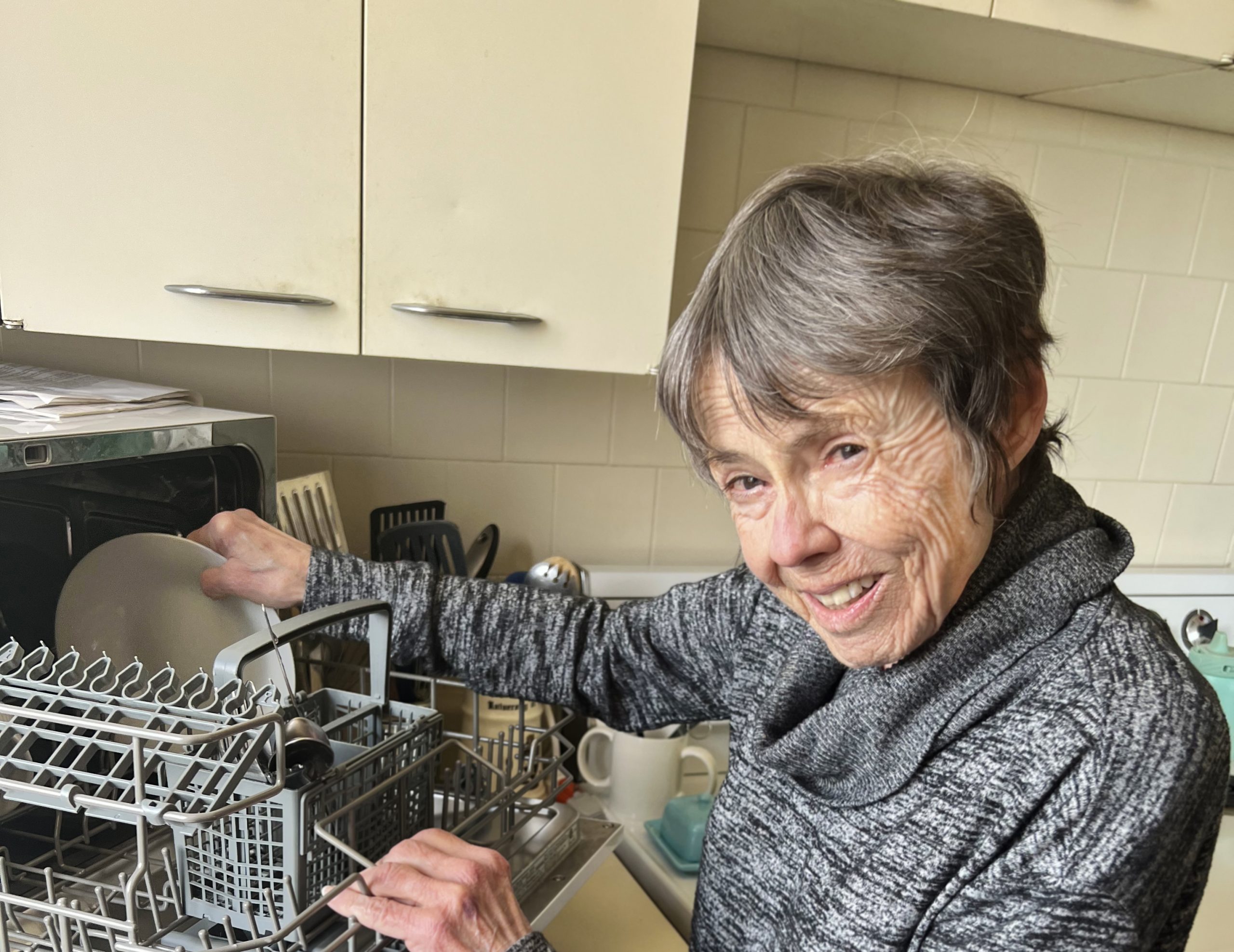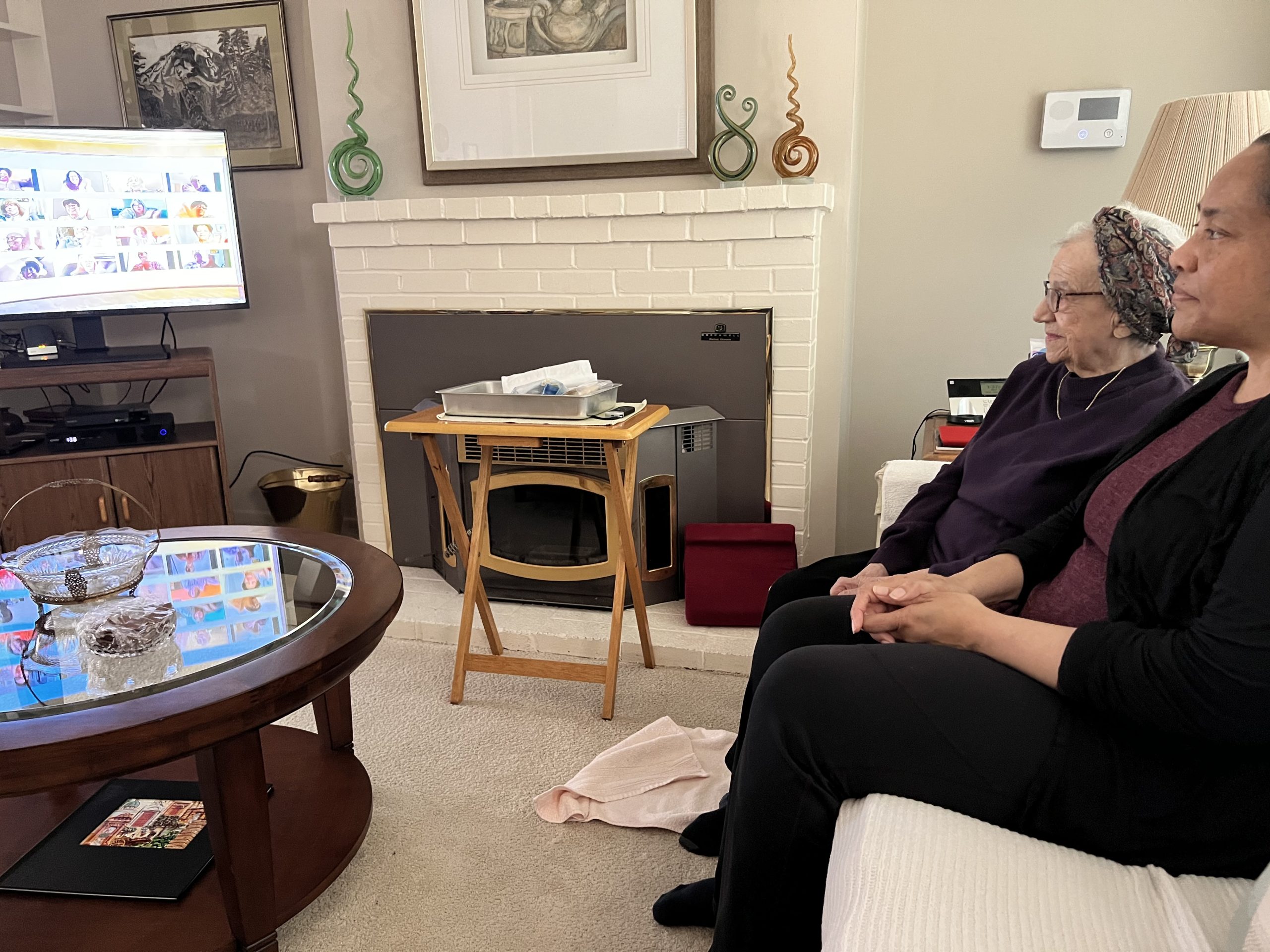Attitude about growing old has impact on actual aging, says author, geriatric expert
Like many doctors, Louise Aronson went into medicine to “help people.” And like many medical students, she quickly discovered that medical education is less about humanity and healing than chemical structures and biology, diseases and organs.”
It was only when Aronson began taking care of patients during her residency that the practice of medicine became exactly what she had hoped for – an opportunity be useful to people in need and hear their stories.
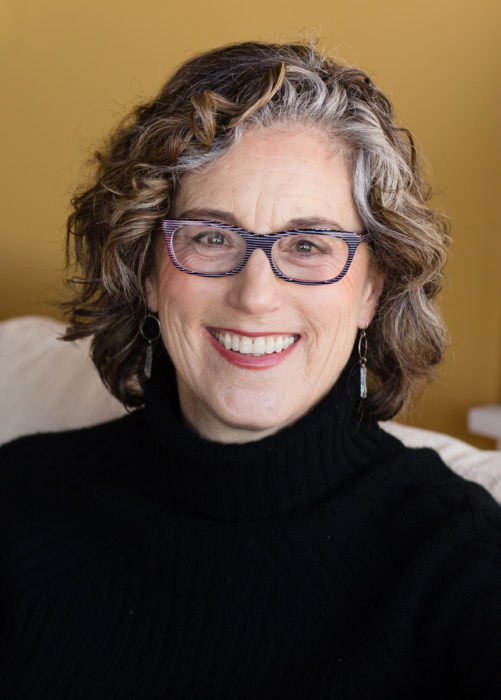
She has recently published a book that calls for a new – and more positive – view of our later years. “Elderhood” traces her path from internal medicine to geriatrics, and the realization that the role of a geriatrician, defined as the management of disease and geriatric syndromes, wasn’t what people needed most.
What they needed most, even or perhaps especially once good health was no longer attainable, was well-being in the form of purpose, meaning, and relevant options, said Aronson, a geriatrician, educator and professor of medicine at the University of California-San Francisco. She has received numerous awards for her teaching, educational research and writing and was recently appointed the Integrative Aging Expert at the UCSF Osher Center for Integrative Medicine.
Giving older people what they need, she said, requires a society that doesn’t reduce them to their bodies and ailments and a health care system that invests as much in health and wellness as much as it does disease. It also might require a shift in a person’s own attitudes.
“Part of what makes aging hard is we fight it, rather than embracing it as one stage in a universal trajectory,” she said. “We also fail to properly acknowledge its upsides: the decreases in family and work stress or the increases of contentment, wisdom, and agency that accompany most years of old age.”
Beliefs can be self-fulfilling
And a person’s attitude about growing or being old affects how they spend their time and ultimately their health and how long they live, she said.
“Beliefs about aging are self-fulfilling prophesies: Our health and well-being in old age often become what we imagine they will be … , whether what we imagine is good or bad. Biology matters, but it’s only one part of a far more complex equation that includes attitude, behaviors, relationships and culture.”
She thinks it’s important to recognize that attitudes affect choices. “We can make different choices, ones that change our experience of elderhood for the better.”
Aronson would like to see aging viewed as the third phase of life, one we’ve unnecessarily made more fearsome than it needs to be. She urges us to re-examine the meaning of aging and to reframe our later decades to better prepare for and thrive in those final years.
“Imagine if we offered old people a world and a worldview that said: “We still see you and we still like, love, respect, admire and are inspired by you, both for who you were and for who you are, a person completing the full arc of a human life.”
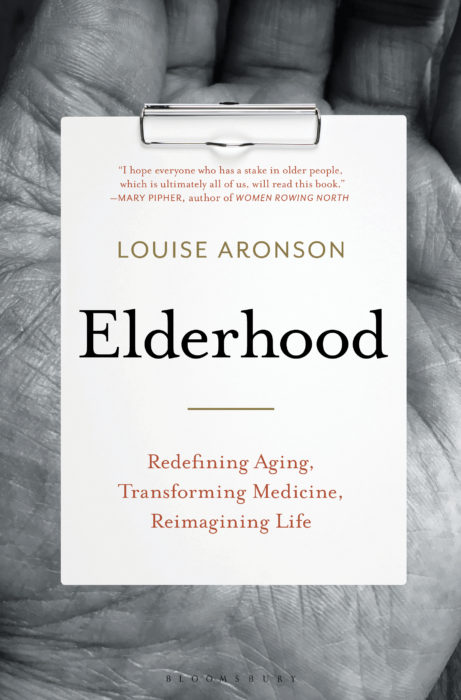
“Elderhood” is packed with stories from her practice, her personal experience and her analysis of our social supports and cultural messaging.
Aronson always gravitated toward older patients, but she didn’t notice it until a medical student pointed it out. “She was right; I found old people, with their long personal histories and complex medical problems, a pleasure and a challenge in all the best ways.” There was just one problem: UCSF didn’t have a division of geriatrics and Aronson wanted to stay in San Francisco. In 1997, when the medical school began offering geriatrics, Aronson was the first Fellow.
“I know so much, both good and bad. From my practice, I have a much clearer sense of the ways the structure and priorities of our healthcare system and society undermine elders and contribute to creating the hard parts of old age.”
She’s been a caregiver and knows what it feels like to age and to worry that each new health problem with have lasting or catastrophic impact.
Four weeks after her father’s quadruple bypass, serious complications set in and he returned to the hospital. When his blood pressure dropped precipitously and his doctor didn’t respond to the call button, she took matters into her own hands. Although she had wanted to remain in her assigned role as offspring, she was worried there was internal bleeding. Reflecting back on this experience, she realized she had initially prioritized wanting to be seen as a “good family,” a family that acquiesces to the doctor’s decision.
Physicians and nurses would benefit from a lens shift, she said, seeing “more vocal patients and families as actively engaged, presenting new, potentially important information, and expressing unmet needs. That won’t happen unless the health care system begins valuing and rewarding the time that clinicians spend talking to patients and families.”
“I also know just how much of a difference we can make for ourselves by choosing activities, engagement, and attitudes that enable us to retain hope and health, function and well-being, not just in the easier, joyful phases of elderhood but also when we become frail and/or dependent.”
Small things say a lot
Even simple decisions can say a lot, she conceded.
As she began turning gray in her early 30s, she had her hair colored to its original dark brown – so she would “look her age.” By her early 50s, when peers were showing gray hair, hers was still dark brown. “ ‘What kind of hypocrite am I’ ,” she thought to herself, “who champions old age while masking at least part of her own aging?” Eventually, she chose highlights to blur the gray coming in. “Biology means 55 looks different than 40,” she said. “I’d rather live in a world where I could spend less time, money, and effort on delusion and put all those precious resources toward showing what each of life’s decades actually look like and how they can be enjoyed. And every day I wonder whether I’m being brave or foolish.”
It’s a universal question, one that’s likely to come up with patients in her new job. She’ll be caring for patients of all ages and all stages of elderhood. “I get to see patients from 60 to over 100, and I’m given enough time to do it.”
There’s a big movement among agencies that deal with older adults to “reframe aging,” to change negative views of aging. Aronson has mixed feelings about such efforts, in some ways akin to rebranding.
“On the one hand, our attitudes about aging are creating the poor medical care and lack of social and occupational opportunities that give old age a bad rap,” she said.
“On the other, the effort, while well-meaning and led by people I like and admire tremendously, tends to police and suggest more appealing alternatives for communication about old age instead of addressing the root causes and inaccuracies that fuel ageism and make all terms for old people unacceptable – even to old people.”
“Elderhood is Aronson’s second book. “A History of the Present Illness,” published in 2013, shares stories of the overlooked lives of San Francisco’s neighborhoods, hospitals and nursing. Her articles and stories have appeared in many publications, including the New York Times, the New England Journal of Medicine, the “Lancet and the Bellevue Literary Review.
For a schedule of Aronson’s upcoming book talks, see https://louisearonson.com/appearances/



